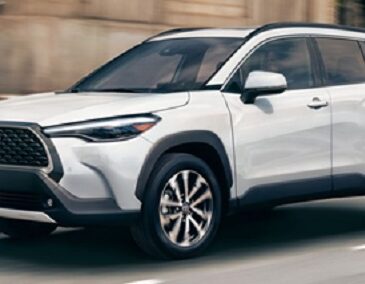
The global cold chain, a temperature-controlled supply chain essential for the preservation and transport of perishable goods, has long relied on refrigeration to maintain product integrity. However, modern demands and complexities require more than just temperature control. Emerging technologies are revolutionizing cold chain monitoring, offering unprecedented visibility, efficiency, and quality assurance from production to delivery. This blog post explores these cutting-edge innovations, extending far beyond traditional temperature control, to highlight how they are transforming the cold chain landscape.
Iot and real-time monitoring
The power of connectivity: the internet of things (iot) has ushered in a new era for cold chain management. Iot-enabled devices can continuously monitor not only temperature but also humidity, vibration, and light exposure, transmitting real-time data to stakeholders. This allows for immediate adjustments and proactive measures to prevent spoilage or damage.
Case study: a study published in the journal of food engineering demonstrated how iot devices could reduce temperature deviations by up to 75% in real-world logistics scenarios, significantly enhancing product quality and shelf life.
Blockchain for transparency and traceability
Unbreakable chain of custody: blockchain technology offers a secure, immutable record of every transaction and condition within the cold chain. By creating a transparent ledger accessible to all stakeholders, blockchain ensures traceability from farm to table, enhancing accountability and consumer trust.
Innovative application: companies like ibm are pioneering blockchain-based platforms for food safety, allowing participants to verify the origin and handling of food products instantly. This not only improves safety but also bolsters confidence in the cold chain process.
Ai and predictive analytics
Anticipating challenges: artificial intelligence (ai) and predictive analytics are transforming cold chain monitoring by predicting potential issues before they arise. By analyzing historical data and real-time inputs, ai algorithms can forecast temperature fluctuations, equipment failures, and optimal routing to mitigate risks.
Emerging implementation: research in the international journal of refrigeration highlights how ai can forecast refrigeration system failures days in advance, allowing for preventive maintenance and significantly reducing the risk of product loss.
Advanced packaging solutions
Intelligent packaging: beyond electronic monitoring, advanced packaging solutions are becoming an integral part of the cold chain. Materials that change color in response to temperature changes or embedded sensors that monitor and record conditions throughout shipping are on the rise. These innovations provide an additional layer of product safety and quality assurance.
Breakthrough technologies: companies are developing smart labels with time-temperature indicators that provide a visual history of the product’s cold chain journey, enabling immediate assessment upon receipt.
Drones and autonomous vehicles
The future of delivery: drones and autonomous vehicles equipped with temperature-controlled compartments are beginning to make their mark on the last mile of the cold chain. These technologies promise to deliver perishable goods more quickly and efficiently, reducing the time products spend in transit and thereby minimizing exposure to suboptimal conditions.
Pilot programs: amazon’s prime air drone delivery service and kroger’s autonomous grocery delivery pilot are testing the viability and efficiency of these technologies in reducing delivery times and maintaining product integrity, showcasing potential future trends in cold chain logistics.
Conclusion
The integration of iot, blockchain, ai, advanced packaging, and autonomous delivery technologies into cold chain monitoring represents a paradigm shift in how perishable goods are transported and managed globally. These innovations extend far beyond traditional temperature control, offering enhanced transparency, efficiency, and safety. As these technologies continue to evolve and become more accessible, the cold chain industry is set to provide even greater assurance of product integrity, ultimately reducing waste and improving consumer trust in the safety and quality of perishable goods. The future of cold chain monitoring lies in harnessing these emerging technologies to create a more resilient, reliable, and transparent supply chain.


